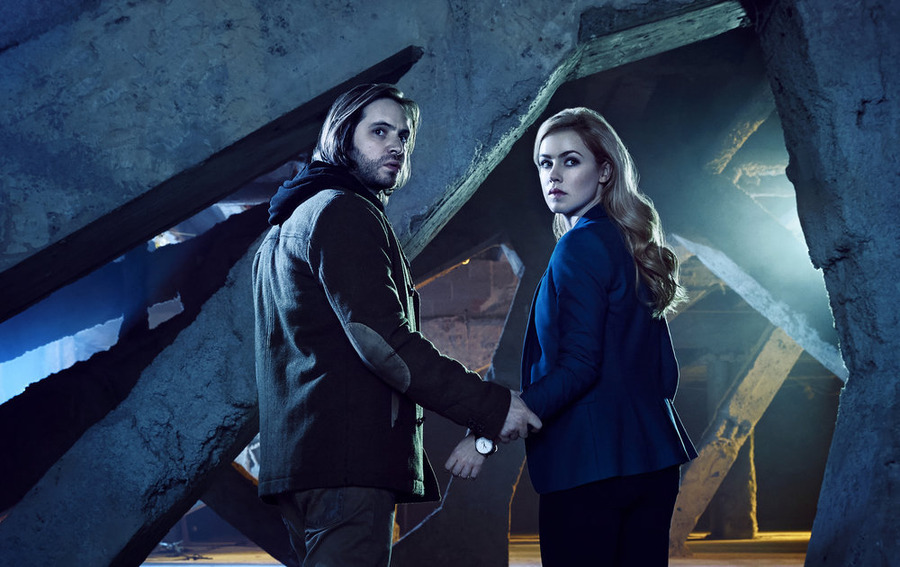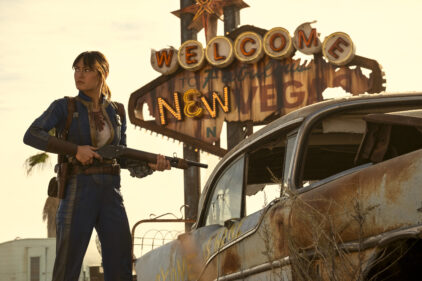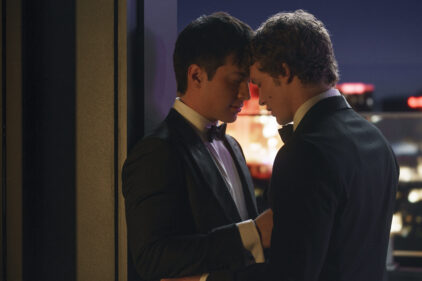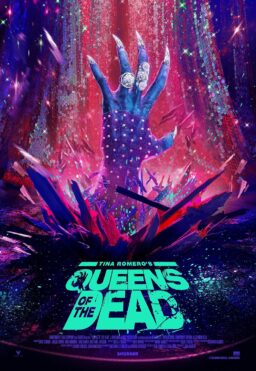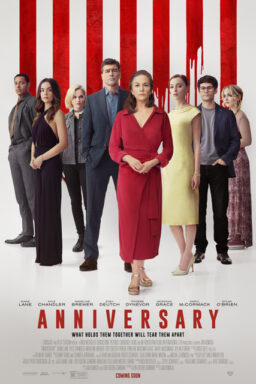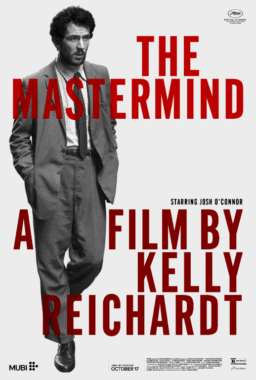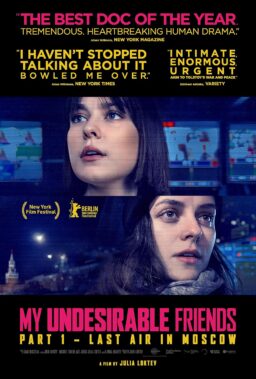The strength of its source material and a strong central
performance by its female protagonist keep SyFy’s “12 Monkeys” from completely
falling flat, but this is a show that feels like it’s constantly working
against itself, overlaying too much of its dialogue with exposition, working on
cheap sets, and filling out supporting roles in unengaging ways. It’s a show
that disguises its inadequacies through sheer will of pacing, sending
characters running, often through time, in an effort to keep viewers from getting
bored. It doesn’t quite succeed. If the show can settle in, let its cast play
character instead of plot, and work its themes instead of its twists, “12
Monkeys” could work. For now, I’d rather just watch the Terry Gilliam film
every Friday night.
Based on that Oscar-nominated hit starring Brad Pitt, Bruce
Willis, and Madeline Stowe (itself loosely based on Chris Marker’s “La Jetée”),
“12 Monkeys” stars Aaron Stanford (Pyro in the second and third X-Men movies)
as James Cole, the only hope for the future of mankind. At some point in the
near future, a deadly virus will kill a vast majority of the human race,
leaving in its wake only a select few survivors who haven’t become murderous
scavengers. Visions of this desolated vision of a post-virus 2043 definitely
call to mind AMC’s far-more-engaging “The Walking Dead” in the way the creators
of this show imagine a world where survival has become the one and only
priority.
How is Cole meant to save the human race when 93.6% of it
has already been obliterated? Time travel, of course. In the well-constructed
opening scene, Cole travels back to 2013, where he kidnaps a virologist named
Cassandra Railly (Amanda Schull), and tries desperately to convince her that
they need to find and kill a man named Leland Goines ASAP. As you might
imagine, it’s a tough sell. Dodging gunfire, he tells Cassandra that he’ll meet
her in two years, before disappearing into thin air. As you might imagine,
those next two years are a bit odd for Cassandra as she questions her own sanity,
but goes to meet Cole. Can the man who knows our future work together with a
woman in our present day to stop our annihilation? And what role will a
mentally ill math genius (Emily Hampshire) who draws monkeys on her wall play
in the destruction or salvation?
The first two episodes of “12 Monkeys” hew relatively
closely to the narrative of the film but diverge in crucial enough ways that
one can start to see how this could work as a longer series. I’m still a bit
unconvinced however that the writers of this show have enough fuel to keep the
narrative spinning for multiple episodes or seasons, as it gets further and
further away from the Marker and Gilliam source material. At what point does it
become more like “Timecop” than Gilliam? I’m not convinced at all by the first
two episodes that the writing here can be consistent or deep enough to overcome
the B-movie clichés that are going to envelope this project once they’ve
cribbed all they can from the Gilliam film. One can already see the clouds on
the horizon.
The only reason for real hope and to keep watching is
Railly. She makes a very convincing lead, reminding one of Amy Acker in her “Buffy/Angel”
days. Acker had a remarkable ability to convey both deep intelligence and
vulnerability—sadly, most female protagonists are smart OR in danger, not both—and
Railly has that as well. She kept me engaged even when the first two episodes
of “12 Monkeys” often worked against her. If the show is going to work
long-term, one hopes that the rest of the production rises to her
level.

